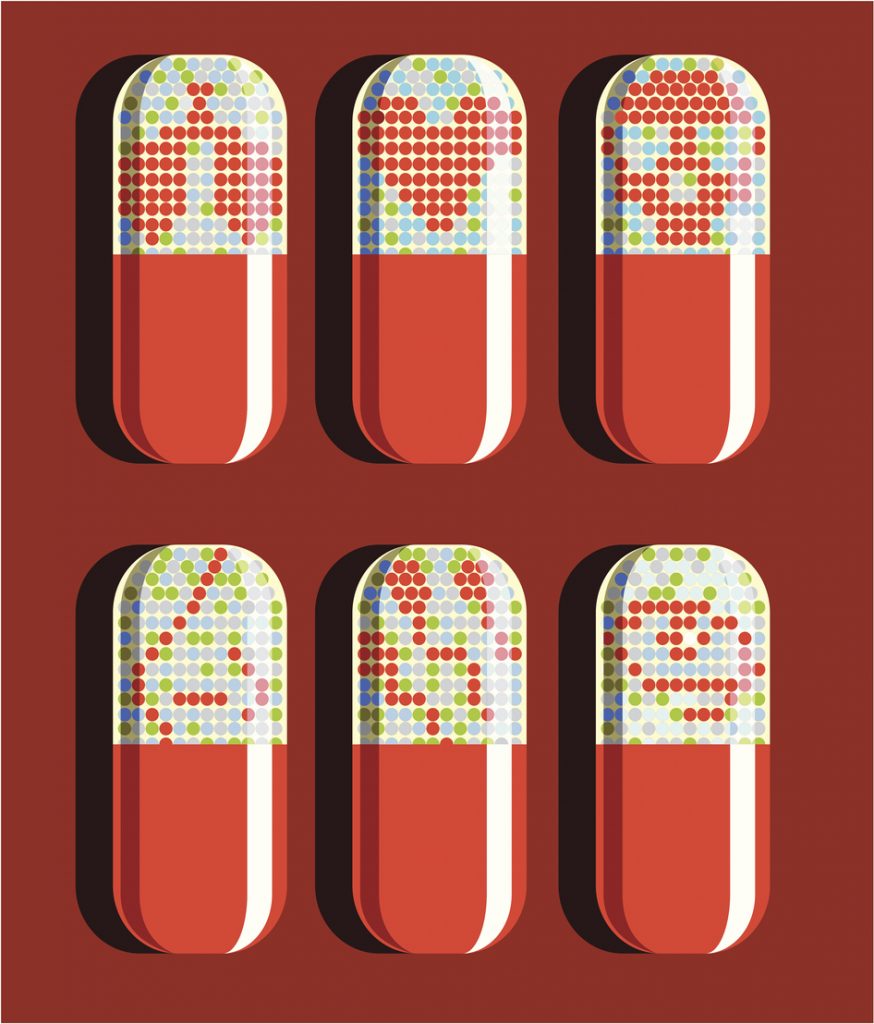Croup: Steroid Treatment and Side Effects
Last updated: 29 November 2017
What is croup?
Croup is a condition, which occurs only in children. It is caused by swelling in the lining of the airway (‘windpipe’), at its narrowest part, below the vocal cords (i.e. below the larynx or ‘voice-box’). This is usually due to a respiratory virus and leads to a hoarse voice, barking cough and difficulty breathing.
Croup is sometimes referred to as laryngotracheitis or laryngotracheobronchitis – meaning inflammation of the larynx (voicebox), trachea (windpipe) and bronchi (medium-sized air tubes in the lungs).
What causes croup?
Croup is almost always caused by a virus.
What is the treatment for croup?
Over the last ten years, the treatment of croup has become much more successful due to the use of steroid medications. A number of clinical studies have proven that a single dose of steroid lessens the chance of a child needing admission to hospital. These medications also shorten the length of hospital stay, decrease the need for admission to Intensive Care, and shorten the length of stay in intensive care.
There are two types of steroid medication being used for croup: dexamethasone and prednisolone. Both of these are taken by mouth as a small amount of syrup or liquid. The most common side-effect for both medications is vomiting and unfortunately neither tastes particularly nice.
Hospitals vary in their use of these medications; some use dexamethasone, while some use prednisolone. The type of steroid given to children with croup depends almost entirely on local practice (ie which hospital they live near). Both of these medications have been used for decades in many conditions other than croup, and have proven safety records. Many doctors believe that prednisolone and dexamethasone are equally as effective as each other, but it is not known for certain whether one might be slightly more effective. A large clinical study, currently underway in Perth, hopes to answer this question.
Get on top of your general health
Find and instantly book affordable GPs within Australia
Do children with croup need steroid treatment?
In the past, only children with severe croup were treated with steroids, because of concern about possible side effects. Even though the chances of any side-effects are very small with a single dose of steroid, more recent clinical studies have shown that much lower doses of steroids are probably just as effective as the previously used higher doses. Doctors generally now feel much more comfortable with treating mild cases of croup with steroids, because the benefit of treatment far outweighs the possible risks.
How effective is steroid treatment for croup?
Steroid medications have revolutionised the treatment of croup over the last ten years or so. Many children who would previously have needed admission to hospital can now be treated with a single dose of steroid and allowed home (sometimes after a period of observation).
It is important to note that the steroids do not treat the underlying viral infection, which caused the croup. By decreasing the swelling in the airway, steroids help to prevent increasing breathing difficulty and decrease the discomfort of breathing for the child. Unfortunately, there is no known medication to successfully treat viruses causing croup, as they are basically the same viruses as those causing the common cold in adults. Therefore, your child will continue to have a cough and other viral symptoms (runny nose, mild temperature) for the next week or longer, despite having treatment for croup.
What are there side effects of steroid treatment?
It is widely believed by doctors that a short course of steroids of up to 5 days has little or no side effects, and a single ‘one-off’ dose, as used in treatment of croup, is therefore thought to be very safe. Previous studies of croup have reported no significant side effects for either prednisolone or dexamethasone.
Can you treat croup with steam or mist therapy?
Some parents report benefit from mist, for example holding a child in the bathroom whilst turning on a hot shower, but controlled studies have shown conflicting results and it probably does not work. The apparent benefit of mist therapy may be due to helping the child to calm down and ‘Cuddle Therapy’ is probably just as effective. The risk of this ‘treatment’ is that sometimes children get accidental hot-water scalds during the process of trying to create steam or mist.
Related specialists
Related procedures
- Endotracheal Intubation
Related tests
- Usually no tests are necessary or helpful
Related articles
By Dr Colin Parker – Emergency Physician
A: Use HealthEngine to find and book your next Paediatrician appointment. Click on the following locations to find a Paediatrician clinic in your state or territory.
This article is for informational purposes only and should not be taken as medical advice. If in doubt, HealthEngine recommends consulting with a registered health practitioner.
All content and media on the HealthEngine Blog is created and published online for informational purposes only. It is not intended to be a substitute for professional medical advice and should not be relied on as health or personal advice. Always seek the guidance of your doctor or other qualified health professional with any questions you may have regarding your health or a medical condition. Never disregard the advice of a medical professional, or delay in seeking it because of something you have read on this Website. If you think you may have a medical emergency, call your doctor, go to the nearest hospital emergency department, or call the emergency services immediately.








